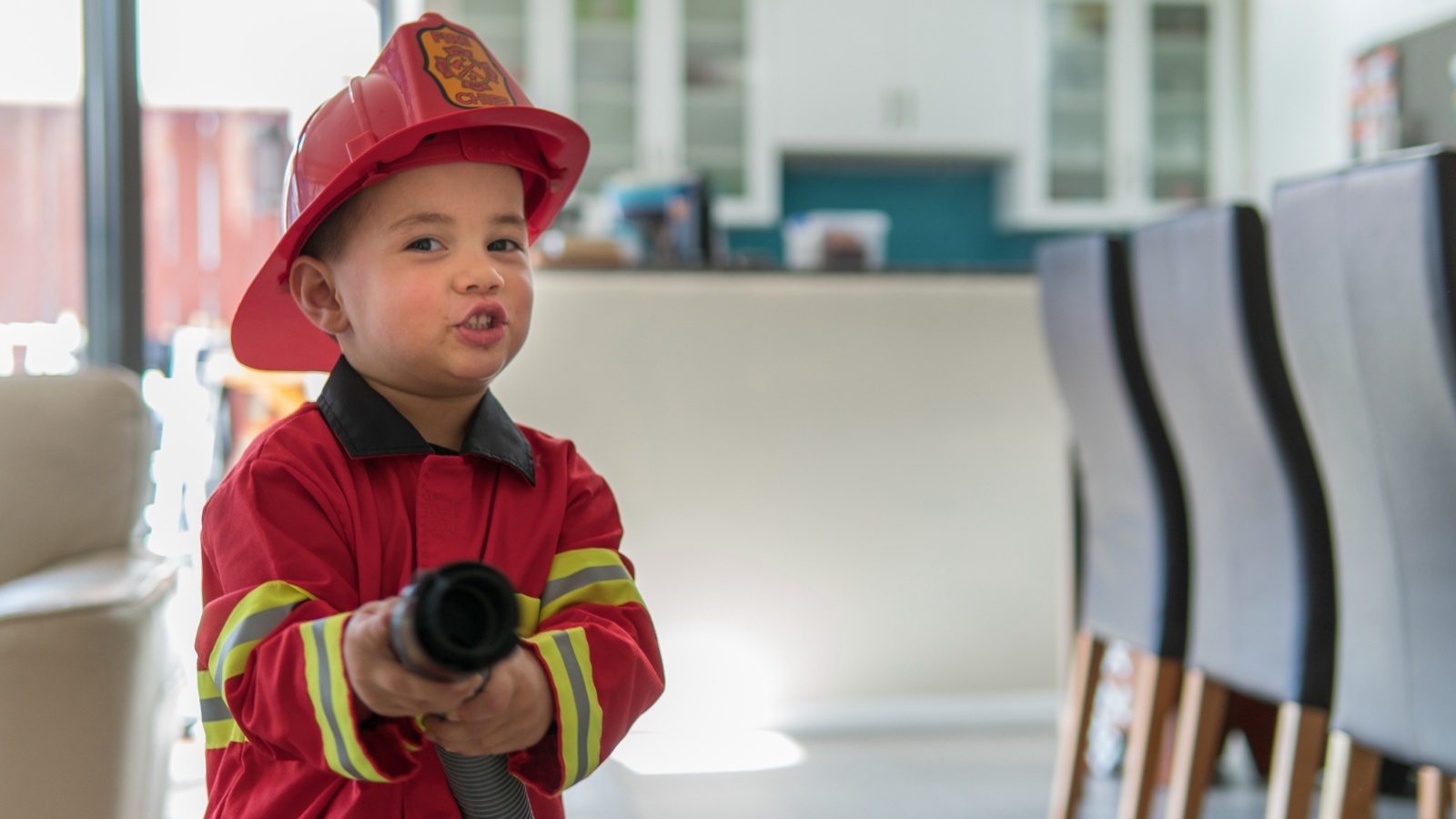National Fire Safety Week serves as a reminder each October to re-evaluate our preparedness for house fires. While many families install smoke detectors, check fire extinguishers, and take other precautions, evacuation readiness may be overlooked. Every second counts in a home fire, and having a clear, practiced evacuation plan in place can mean the difference between safety and tragedy. Take the following steps to help ensure you are equipped to respond swiftly and effectively.
Establish and Practice a Fire Escape Plan
If possible, your escape plan should identify two exits from every room. Create a map of your home with all doors and windows highlighted. Ensure windows and doors are not blocked. Once your plan is in place, practice evacuating the home at least twice a year. Stress the importance of never opening doors that feel hot and staying low to the ground to avoid smoke inhalation. Nighttime drills are important, as home fires often occur when occupants are asleep.
High-rise and condominium building fires can be particularly dangerous. If you live in such a building, ensure you know the locations of all the exit stairs and how to escape in an emergency.
Choose a Safe Meeting Spot
Designate a safe location outside of the home where your family can meet after evacuating. For example, it could be a neighbor’s yard, the mailbox, or a particular tree. This helps ensure all family members are present and accounted for in case of a fire, so first responders are not put at risk unnecessarily.
Equip Your Home with Essential Safety Tools
To prepare for a home fire, it is important to equip your home with certain essential items, including the following:
- Smoke detectors: These should be installed in every bedroom and on every level of the house. Test smoke detectors each month and replace batteries yearly. To start a home fire drill, press the test button to sound the smoke alarm.
- Carbon monoxide detectors: Carbon monoxide is an invisible threat that often accompanies house fires. Many detectors available today can detect carbon monoxide as well as smoke.
- Fire extinguishers: These should be placed in key areas, including the kitchen, the garage and near fireplaces.
- Escape ladders: If your home has multiple stories, ensure ladders are available to allow exit from upper-floor windows.
Pack a “Go Bag”
In the chaos of a home fire evacuation, there may be no time to consider what to take with you. Pack an emergency kit in advance and keep it easily accessible. Include important items, such as the following:
- Essential medications
- First aid supplies
- Flashlights and batteries
- Cash
- Copies of important documents
- Comfort item for children and/or pets
Speak with a Friendly Insurance Agent at [bf_location field=company_name]
Fires can cause devastating losses, even with the best preparation. Along with practicing your evacuation plan, it is important to review your homeowners or renters’ insurance coverage regularly. We can help ensure your policy adequately covers fire damage and personal belongings at the best rates. Ask our agent about additional living expense coverage if your home becomes uninhabitable because of a fire. Give us a call today at [bf_location field=phone].





